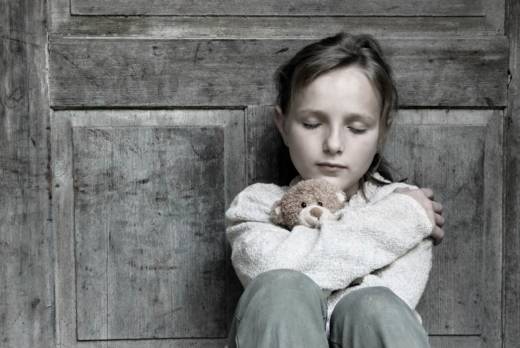Attempted suicides, drug overdoses, cutting and other types of self-injury have increased substantially in U.S. girls, a 15-year study of emergency room visits found.
It's unclear why, but some mental health experts think cyberbullying, substance abuse and economic stress from the recent recession might be contributing.
The rising rates "should be of concern to parents, teachers, and pediatricians. One important reason to focus on reducing self-harm is that it is key risk factor for suicide," said Dr. Mark Olfson, a Columbia University psychiatry professor who was not involved in the study.
The sharpest increase occurred among girls aged 10 to 14, nearly tripling from 2009 to 2015, from about 110 visits per 100,000 to almost 318 per 100,000.
Older teen girls had the highest rates — 633 visits per 100,000 in 2015, but the increase after 2008 was less steep.
